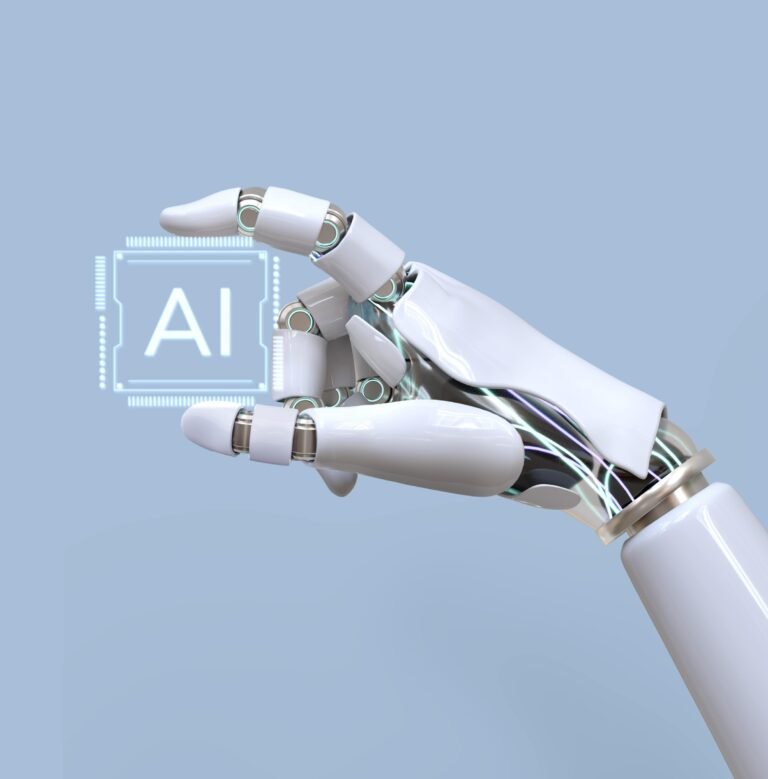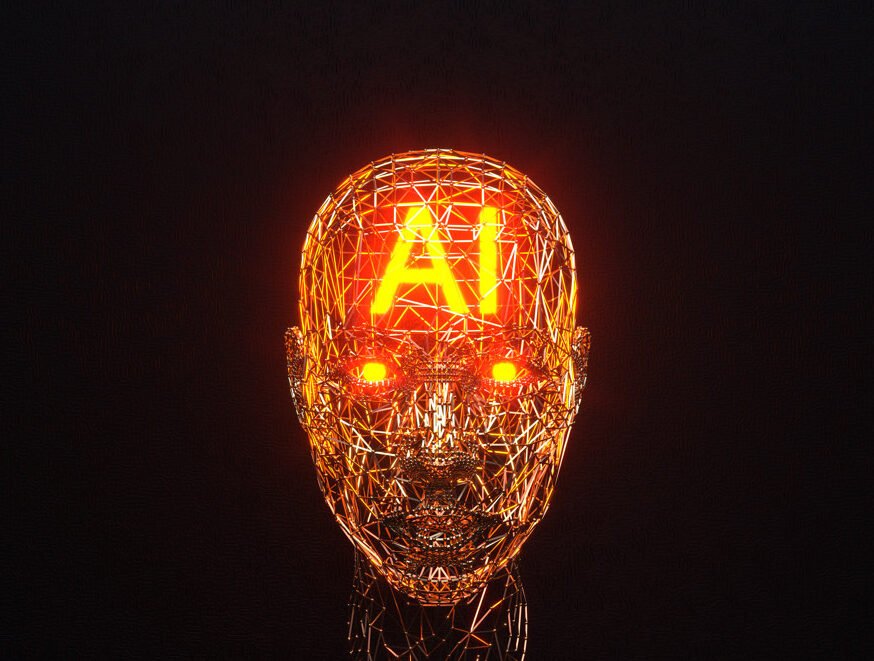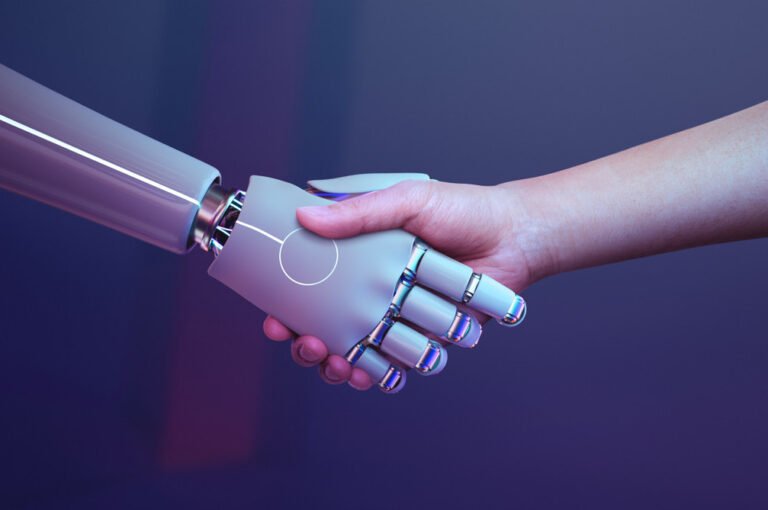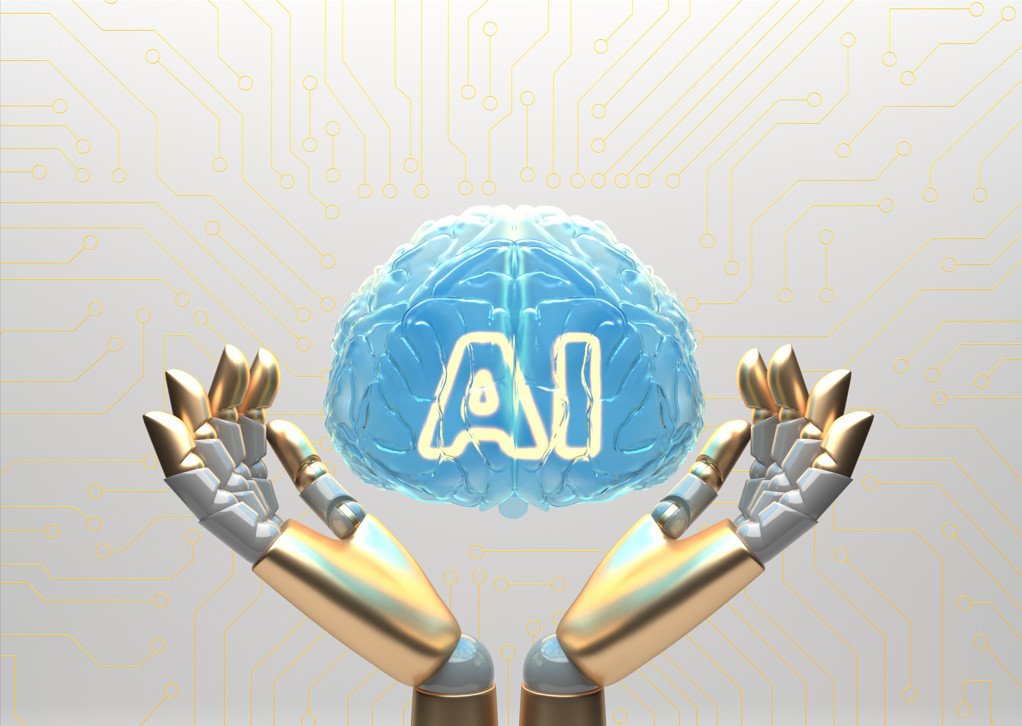Introduction: Exploring ChatGPT and OpenAI
The field of artificial intelligence continues to advance at an astonishing pace, and ChatGPT, developed by OpenAI, stands as a testament to the capabilities of AI-driven language models. ChatGPT has captured the imagination of tech enthusiasts, developers, and businesses alike, but like any powerful technology, it comes with its own set of considerations. In this blog, we will dive into what you need to know about exploring ChatGPT and also assess the pros and cons of OpenAI as a leading player in the AI industry

Chapter 1: Understanding ChatGPT: A Language Model Revolution

ChatGPT, powered by the GPT-3.5 architecture, is a cutting-edge AI language model designed to understand and generate human-like text. It’s capable of engaging in conversations, answering questions, and assisting with a wide range of tasks, from content generation to customer support. Its rapid development and broad applications have made it a prominent player in the AI landscape.
Chapter 2: Pros of OpenAI: Advantages and Positive Impacts
OpenAI’s contributions to the field of AI have been substantial, leading to several advantages and positive impacts:
A. Advancements in Natural Language Processing (NLP)
OpenAI has pushed the boundaries of NLP, making significant strides in language understanding and generation.
B. Accessibility to AI Technology
OpenAI has made AI technology more accessible to developers and businesses through APIs and partnerships, enabling the creation of innovative applications.
C. Language Translation and Understanding
OpenAI’s models have the potential to break down language barriers and improve cross-cultural communication.
D. AI Research and Collaboration
OpenAI actively promotes AI research and collaboration, fostering a global community of developers and researchers.

Chapter 3: Cons of OpenAI: Ethical and Technical Concerns
While OpenAI’s achievements are commendable, there are ethical and technical concerns that need consideration:
A. Bias in AI Models
AI models, including GPT-3, have demonstrated biases that can perpetuate stereotypes and unfairness.
B. Ethical Use Cases
Ensuring the ethical use of AI technology and preventing its misuse is an ongoing challenge.
C. Environmental Impact
Training large-scale AI models consumes substantial computing power and energy, contributing to environmental concerns.
D. Accessibility and Inclusivity
Ensuring that AI technology benefits all and doesn’t exacerbate existing disparities is a critical issue.
Chapter 4: Balancing Progress and Responsibility

The development and deployment of AI technology, like ChatGPT, require a delicate balance between progress and responsibility. To address the cons and maximize the pros, there’s a need for:
A. Ethical Guidelines
Establishing and adhering to ethical guidelines for AI development and usage.
B. Continuous Improvement
Continuously working to reduce biases and improve the fairness of AI models.
C. Environmental Responsibility
Exploring more energy-efficient AI training methods and reducing the carbon footprint of AI technology.
D. Accessibility Initiatives
Ensuring that AI technology is accessible to all and actively addressing issues related to inclusivity.

Chapter 5: Conclusion - The Ongoing Journey of AI Advancements
The journey of AI advancements led by OpenAI, exemplified by ChatGPT, is both exciting and challenging. It offers immense potential to transform industries and improve lives, but it also demands careful consideration of ethical, environmental, and accessibility factors. As AI technology continues to evolve, it’s crucial to strike a balance between progress and responsibility, ensuring that the benefits are widespread and the potential risks are mitigated.
FAQs
ChatGPT is a cutting-edge AI language model developed by OpenAI. It is powered by the GPT-3.5 architecture and is designed to understand and generate human-like text. ChatGPT can engage in conversations, answer questions, and assist with various tasks, including content generation and customer support.
OpenAI has several advantages and positive impacts, including:
Advancements in Natural Language Processing (NLP).
Accessibility to AI technology through APIs and partnerships.
Language translation and understanding capabilities.
Promotion of AI research and collaboration
Despite its achievements, OpenAI faces some ethical and technical concerns, such as:
Bias in AI models, which can perpetuate stereotypes and unfairness.
Ensuring the ethical use of AI technology and preventing misuse.
Environmental impact due to the computing power and energy requirements of training AI models.
Ensuring accessibility and inclusivity of AI technology to all individuals
To address the cons and maximize the pros of OpenAI, several measures can be taken, including:
Establishing and adhering to ethical guidelines for AI development and usage.
Continuously working to reduce biases and improve the fairness of AI models.
Exploring more energy-efficient AI training methods to reduce the environmental impact.
Implementing initiatives to ensure accessibility to AI technology for all individuals.
The development and deployment of AI technology, like ChatGPT, require a balance between progress and responsibility. This can be achieved through:
Adhering to ethical guidelines.
Continuously improving AI models to reduce biases.
Exploring energy-efficient AI training methods.
Implementing initiatives for accessibility and inclusivity.


1 thought on “Exploring ChatGPT: What You Need to Know and Evaluating the Pros and Cons of OpenAI”